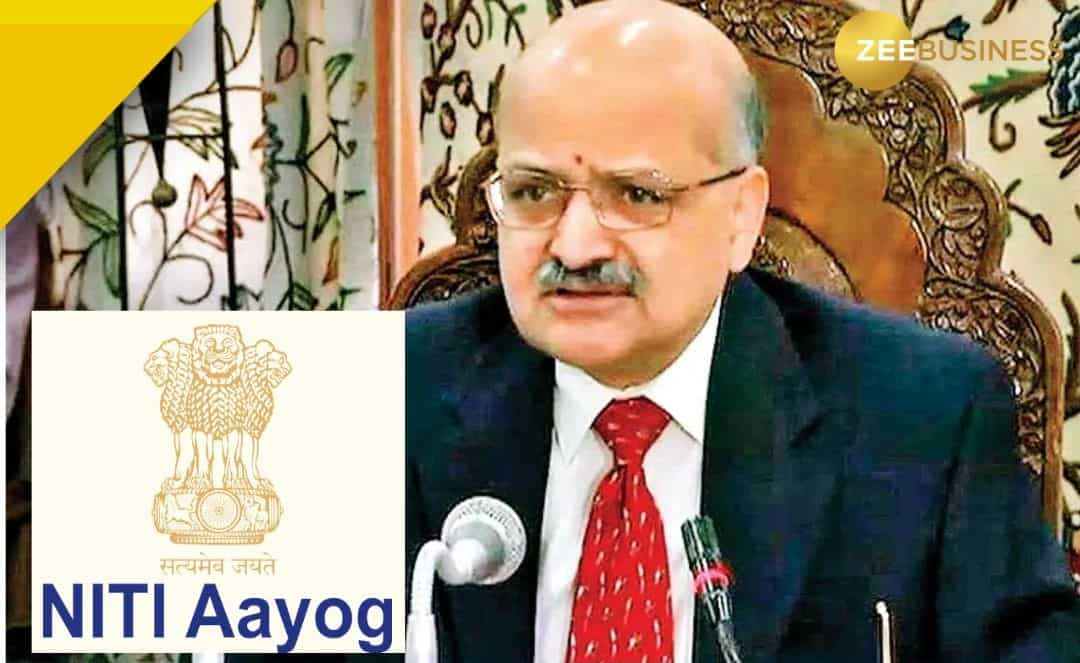In a landmark development, India has officially overtaken Japan to become the world's fourth-largest economy by nominal GDP in 2025. According to the International Monetary Fund (IMF), India's nominal GDP is projected to reach $4.34 trillion, slightly surpassing Japan's $4.31 trillion . This achievement underscores India's rapid economic ascent and reflects broader shifts in the global economic landscape. India's economic trajectory has been marked by significant milestones. Post-independence, the nation adopted a mixed economy model, emphasizing self-reliance and state-led industrialization. the 1991 economic liberalization marked a turning point, introducing market-oriented reforms that spurred growth. Over the past three decades, India has transformed into a global economic powerhouse, characterized by a burgeoning services sector, technological innovation, and a growing middle class. India's economy is significantly driven by domestic consumption, accounting for approximately 70% of its GDP . the rise in disposable incomes, urbanization, and a youthful demographic have fueled consumer demand across sectors, from retail to real estate. the Indian government's proactive policies have played a pivotal role in economic growth. Initiatives like the National Infrastructure Pipeline and the Atmanirbhar Bharat (Self-Reliant India) campaign have attracted substantial investments in infrastructure, manufacturing, and energy sectors . these programs aim to enhance domestic production capabilities and reduce import dependence. With a population exceeding 1.45 billion, India boasts a youthful workforce, offering a demographic advantage over aging economies like Japan . This young labor force contributes to increased productivity and innovation, positioning India favorably for sustained economic growth. India has emerged as a global leader in digital infrastructure. the widespread adoption of digital payment systems, e-governance platforms, and fintech solutions has enhanced financial inclusion and efficiency. Notably, India accounted for 46% of global digital payments, with e-transactions surging to 134 billion . India's favorable investment climate, characterized by policy reforms and ease of doing business, has attracted significant FDI. the inclusion of Indian government bonds in global indices, such as the JP Morgan Emerging Markets index, has further bolstered capital inflows . While India continues to experience robust economic growth, Japan faces challenges stemming from an aging population and stagnant domestic demand. the IMF projects India's economy to grow at 6.2% in 2025, whereas Japan's growth is expected to be a modest 0.6% . the depreciation of the Japanese yen has impacted Japan's nominal GDP in dollar terms, contributing to India's overtaking in the global rankings . In contrast, India's currency has remained relatively stable, supporting its economic ascent. Looking ahead, India is poised to surpass Germany and become the world's third-largest economy by 2028, with a projected GDP of $5.58 trillion . This trajectory underscores India's potential to play a more significant role in global economic affairs. Despite impressive growth, India faces the risk of the middle-income trap, where a country's growth slows after reaching middle-income levels. To avoid this, India must focus on enhancing labor productivity, investing in education and skill development, and fostering innovation . Continued investment in infrastructure is crucial to support urbanization and economic activities. Developing smart cities, improving transportation networks, and ensuring sustainable urban growth are imperative for long-term prosperity. India's economic ascent alters the global power balance, enhancing its influence in international forums like the G20 and BRICS. As a major economy, India is better positioned to advocate for the interests of developing nations and contribute to global decision-making processes. India's expanding market offers lucrative opportunities for global businesses across sectors, including technology, manufacturing, and services. the country's emphasis on self-reliance and digital transformation presents avenues for collaboration and investment. India's emergence as the world's fourth-largest economy marks a significant milestone in its economic journey. Driven by robust domestic consumption, strategic government initiatives, and a youthful workforce, India is well-positioned for continued growth. However, to sustain this momentum and achieve its goal of becoming a high-income economy, India must address structural challenges, invest in human capital, and foster innovation. As India continues its ascent, it holds the promise of reshaping the global economic landscape and contributing to a more balanced and inclusive world economy..
India Becomes 4th Largest Economy.
By Sobiya Banday•
